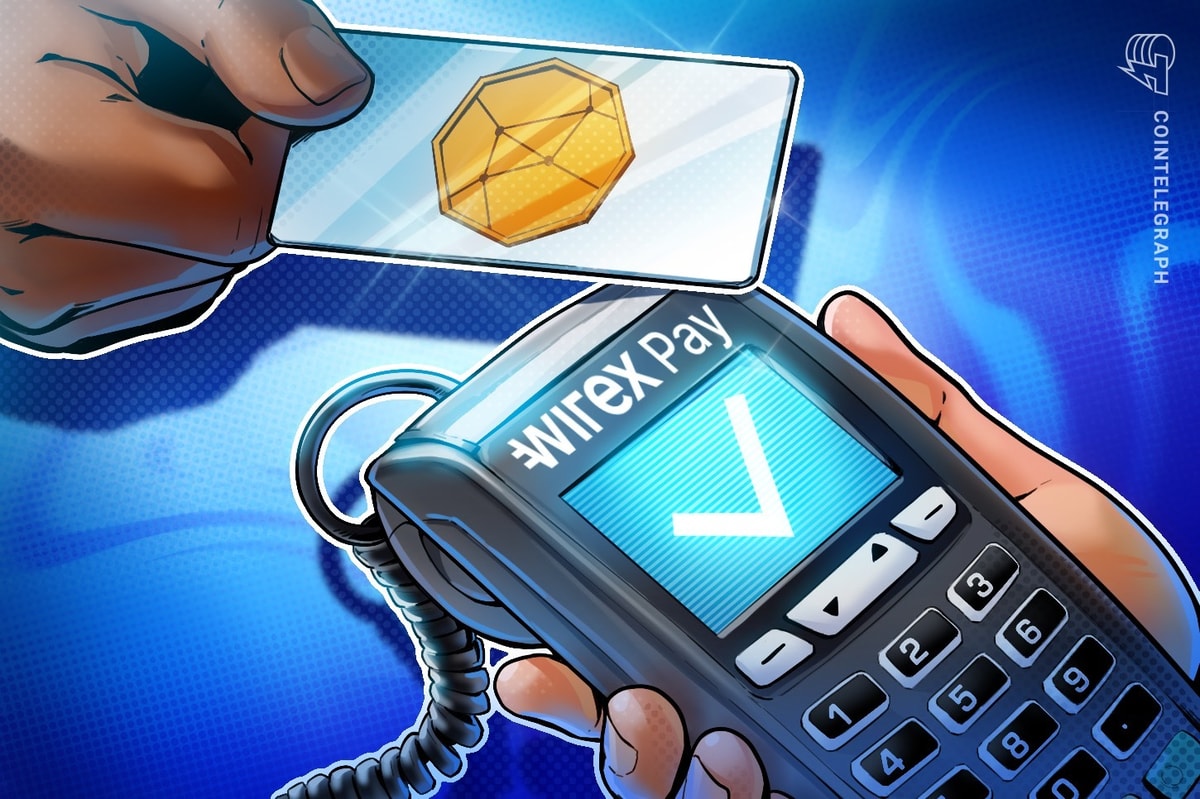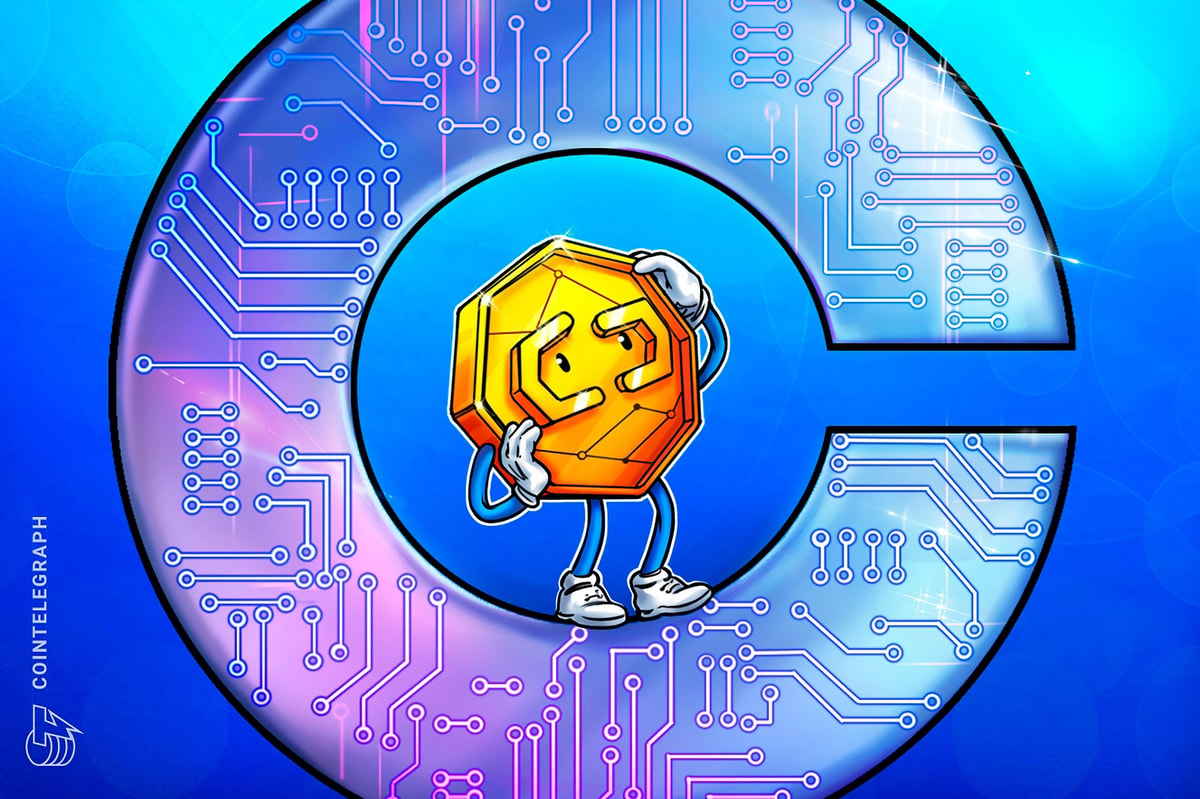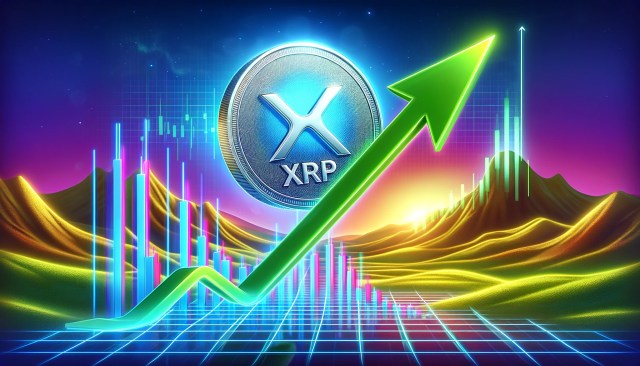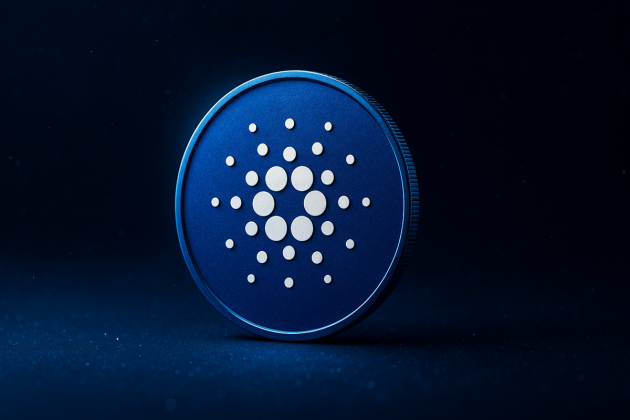Wirex Pay, a modular payment chain, integrates blockchain with traditional finance to offer secure, gasless and scalable transactions.
Despite the decentralized finance (DeFi) market nearing $24 billion in 2023, some key challenges in bridging with traditional financial systems remain unsolved. Chief among these is the reliance on multiple intermediaries, which complicates transactions, drives costs and slows the process. What should be seamless and efficient gets burdened due to the involvement of too many parties.
Expanding crypto-based solutions across regions also comes with its own difficulties. Regulatory and technical obstacles make scaling costly and complex. Meanwhile, owing to outdated banking systems, converting digital assets into traditional currencies is still a slow and expensive process.
Users often have to surrender control of their funds to third parties, exposing them to risks against which DeFi was developed as an answer.

Source: Wirex Pay
Such issues highlight the need for a solution that connects DeFi with traditional systems while ensuring efficiency and user control. This is where Wirex Pay, a modular payment chain that integrates blockchain in everyday transactions, comes into play.
ZK technology for enhanced digital payments
Incubated by Wirex, a prominent name in the crypto debit card market, Wirex Pay uses zero-knowledge (ZK) technology provided by Polygon. This cryptographic method enhances privacy and scales transactions by bundling them offchain. By eliminating intermediaries, Wirex Pay allows users to make instant payments from their non-custodial wallets, maintaining complete control over their assets.

Source: Wirex Pay
One standout feature of Wirex Pay is its non-custodial card infrastructure, which enables any non-custodial wallet or DApp to issue cards. This feature allows users to spend their digital assets without depending on third-party intermediaries, making sure they always retain control of their funds.
Another key strength of Wirex Pay is that the solution can facilitate cross-chain transactions without transaction fees, offering users speed and cost-efficiency. By leveraging ZK technology, Wirex Pay ensures that transactions are processed securely and at scale without compromising privacy.
Receiving support from Visa, Wirex Pay taps into the global payment giant’s infrastructure to enable more accessible and seamless crypto transactions. The collaboration combines the innovation blockchain brings with Visa’s trusted global network, allowing users to spend digital assets at millions of merchants worldwide and bringing crypto closer to everyday financial use.
Merging traditional finance with decentralized solutions
Wirex Pay’s decentralized governance model empowers users to have a say in the platform’s future. Wirex Pay (WPAY) tokenholders can participate in governance decisions through the platform’s decentralized autonomous organization (DAO) and help shape the network based on community input.
In order to allow users to maximize the security of their staked assets, Wirex Pay offers dual staking and restaking options. Users can restake their ETH or liquid staking tokens (LSTs) to provide security for additional services, enhancing network security. In dual staking, combining WPAY with ETH or BTC further decentralizes the network, improving economic security and mitigating risks associated with token volatility.
Just crossed $5M in Wirex Pay Node Sales! 💥
— Wirex Pay 🥇💳 (@wirexpaychain) August 8, 2024
The momentum is heating up, and nodes are going fast. Join the revolution and be part of this success story.
Act now! ➡️ https://t.co/xXyj2bf1W1 pic.twitter.com/oFFkzLC60C
Wirex Pay recently facilitated a public node sale that allowed participants to earn rewards by operating nodes. Following a successful whitelist sale with over 18,000 nodes sold and a value of $5 million, the public sale featured 100,000 nodes organized into 40 tiers, with prices increasing as each tier gets filled.
Complementing the node sale, cryptocurrency exchange Gate.io hosted the first-ever listing of the WPAY token on Oct. 8. Node operators will receive 20% of the WPAY token supply and 40% of transactional revenue.
$WPAY trading is now LIVE on @gate_io! 🎉
— Wirex Pay 🥇💳 (@wirexpaychain) October 8, 2024
Today marks a significant moment for Wirex Pay as $WPAY begins trading, powering the decentralized Wirex Pay network.
Trade here: https://t.co/YF3aNlMnHc pic.twitter.com/vPxwlFMw63
Commenting on their vision, Pavel Matveev, co-founder of Wirex Pay, said:
“We see a future where traditional finance and decentralized technologies come together to form a seamless and efficient financial system. Our mission is to give users the freedom to manage their digital assets securely and conveniently, without the restrictions of traditional finance.”
Platforms like Wirex Pay demonstrate how bridging decentralized finance with traditional systems can streamline global transactions, reduce reliance on intermediaries and offer users greater control. As these solutions continue to scale, they have the potential to reshape the financial landscape, making digital assets more accessible and efficient for everyday use.
Disclaimer. Cointelegraph does not endorse any content or product on this page. While we aim at providing you with all important information that we could obtain in this sponsored article, readers should do their own research before taking any actions related to the company and carry full responsibility for their decisions, nor can this article be considered as investment advice.












